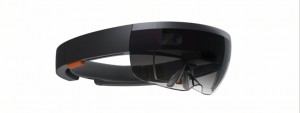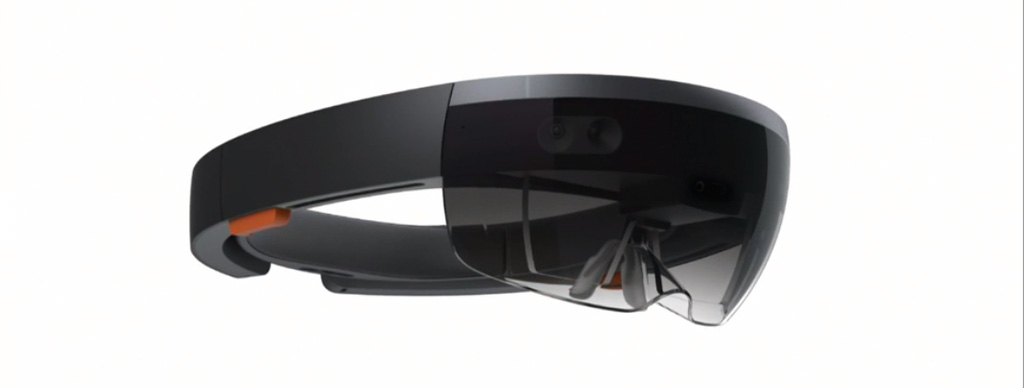 When I looked up the latest information release about Microsoft’s Windows 10 operating system, I had to double-check and make sure it was not an early April Fool’s gag.
When I looked up the latest information release about Microsoft’s Windows 10 operating system, I had to double-check and make sure it was not an early April Fool’s gag.
The headline read: “Windows 10 brings high-definition holograms to life in your world.” What? Surely this has got to be a joke, like how everyone thought Amazon was joking last year when they said they wanted to deliver packages via airborne drone. But, like the Prime Air service, this is a surprisingly real thing that could be in consumers’ hands before the end of the year.
Simply put, Microsoft wants to turn your world into the next iPad. The video trailer they have released describes the “next-generation” of computing—one that projects your computer’s programs all around you in a virtual environment. Their aptly-dubbed “Hololens” is essentially a pair of specialized glasses (and according to Patrick Moorhead at Forbes, they are surprisingly comfortable).
Using gesture-based controls, the user can manipulate programs in their virtual workspace. Such a technology would be an incredible boon for engineers, artists, and scientists. NASA is even mapping the technology for virtual walk-arounds on the surface of Mars. But Microsoft is quick to point out the recreational ability of their software.
Some of the more intuitive usage in their trailer included a virtual TV screen that can be resized/moved at your leisure, Skype calls that can share your surroundings, and even video games that can be mapped onto your coffee table.
But what is most exciting about Windows 10 is the support for user-created apps and programs. Because of how the OS is constructed, any program that runs in Windows 10 can also run in hologram form. Already, there are dozens of ideas floating around on the internet that make brilliant usage of a proposed holographic reality. Some of the more unique ideas include different interior design set-ups for multiple roommates at once, virtual versions of TV shows that let the viewer walk around the set, and my personal favorite, a computer-generated “the floor is lava” game wherein the floor would actually look like lava. Thank goodness for computers slowly dissolving any need for my imagination.
Microsoft has been working secretly on this project for years, and they are not ready to divulge too many secrets about its inner workings. It seems they are not going to get away from competition that easily, though—Google has only just recently scrapped their Glass program in favor of a startup named Magic Leap, which is also designed for holographic projection.
In the next few months, we are likely to see many companies jump onto the bandwago, but this actually may be the best thing for consumers. Most past attempts at “virtual reality” devices have existed without competition and, as a result, fell into stagnation and bankruptcy. With multiple investments into the technology, we could certainly expect more consistent updates and drives to achieve superiority. Couple that with the growing base of independent software programmers and creative user ideas, and what you have is a whole lot of potential for a technological revolution.
But to be clear, Microsoft doesn’t expect everyone to own a Hololens. For those who do, they will likely only use it for select hours in the day. It is designed as a low-risk step into this new technology, and will likely find its niche as a productivity tool.
It will probably be many years before we see a Tony Stark-esque hologram computer in everybody’s home, and probably even longer before the device is small enough for constant use. Still though, even the modern cell phone started out as a brick. In the meantime, it is exciting to see this newest innovation and wonder whereabouts it will take us.
Microsoft will be releasing more information about their new technology at Build, the software developer’s conference running from April 29th to May 1st later this year.







Be First to Comment